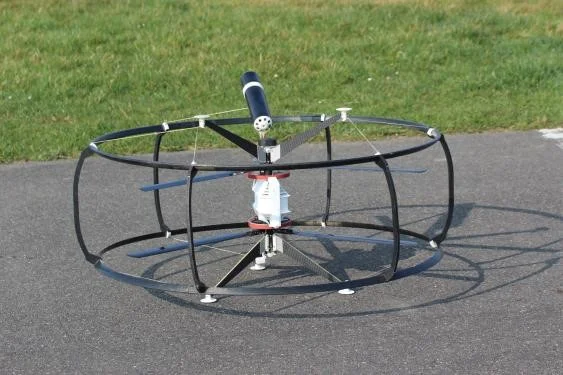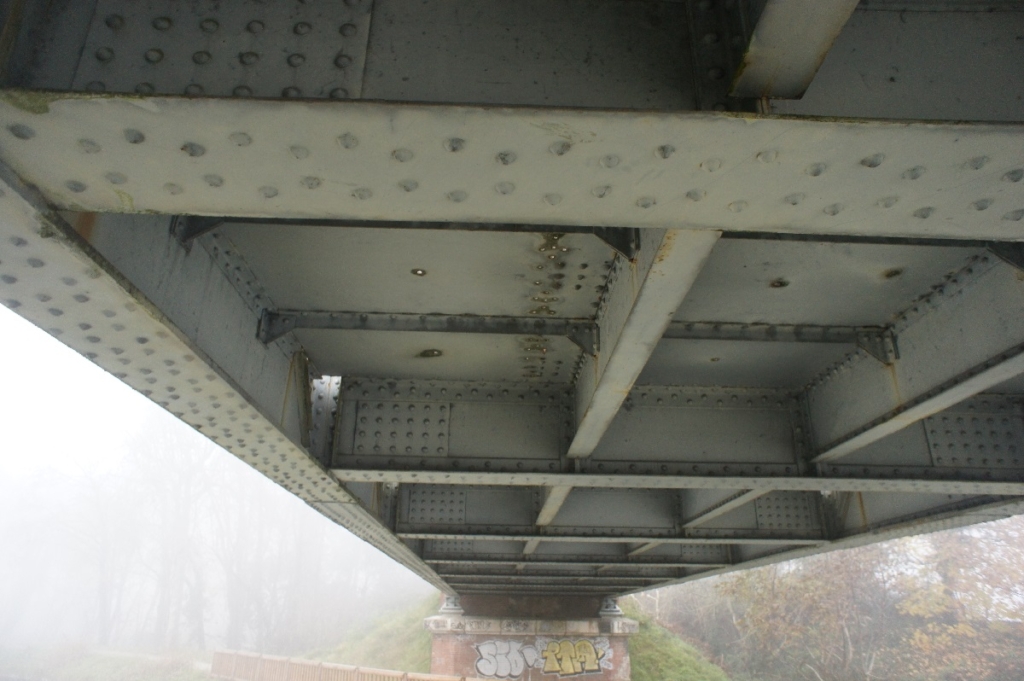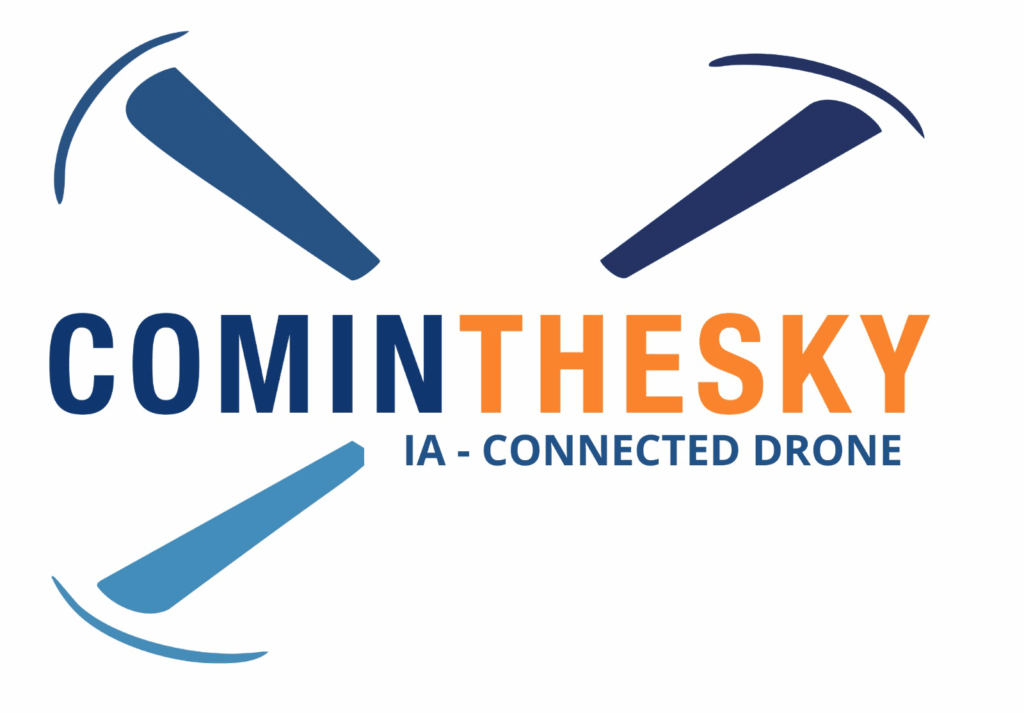An Innovative, High-Performance, and Versatile Drone System
The Flying Sensor is a drone system first designed in 2003 by Michel GUILHOT-GAUDEFFROY, and has undergone continuous technological upgrades throughout its development. Its core concept is based on a coaxial dual-rotor system mounted on a single axis, with the main payload centered for optimal balance. A custom-designed HMI, autopilot, and mechatronic engineering allow our drone team to adapt client-requested evolutions to this 100% French drone system, designed and developed in our drone engineering office.

Innovations of the Flying Sensor

Edouard GUILHOT-GAUDEFFROY collaborated extensively with his father, Michel GUILHOT-GAUDEFFROY, and various engineers specialized in professional drones for the design of the FSS3 drone. This versatile drone is suited for challenges in security, environmental monitoring, building inspection, and since 2016, for delivery missions. This drone has led to two international patents.
The FSS3 Flying Sensor is an aircraft designed to comply with the new European regulations concerning RPAs (Remotely Piloted Aircraft). Commonly, UAVs, UAS, and drones are uncertified aircraft for navigation and tasks managed by an onboard computer. Our RPA, the FSS3, is controlled in real-time by a remote operator via a secure, triple-redundant wireless communication system, or it can fly completely autonomously with its navigation program configured for planned flight scenarios.
Flying Sensor Applications and Payloads
The Flying Sensor drone can be equipped with a multitude of payloads, from various cameras for photos and videos, to thermal cameras for thermographic analysis, and numerous other sensors. It also supports specific payloads for precision spraying, atmospheric sample collection, or multi-drop delivery in a single flight. Building inspections can be conducted up close thanks to its protective shield, with a camera positioned either underneath (common on drones) or on top of the drone, ideal for inspecting under bridges, for instance. Cominthesky meets client needs by creating custom-made payloads tailored to their specific requirements.
Deliveries can be performed by dropping parcels from a programmed altitude or by depositing them after landing. It’s also possible to use a winch. We both perform these services and manufacture custom drones.

Flying Sensor Mechanical Design
The FSS3 Flying Sensor system consists of two main parts: the flight segment and the ground segment. The flight segment comprises the drone itself and all its accessories (battery packs, payloads, protection, etc.). The ground segment includes the ground station with its control interface, allowing interaction with the drone, and a set of chargers.
The FSS3 inspection drone system operates on the principle of counter-rotation with a slow and continuous rotation speed. Compared to other operating principles (multi-rotors, tethered balloons), this system offers:
Autonomous flight
Excellent endurance
Quiet (stealthy) operation, beneficial for delivery and security applications
Close-contact flight (useful for inspection or certain security applications)
Superior resistance to turbulence (wind, etc.)
High versatility
Flying Sensor Technical Characteristics
Enhanced onboard cybersecurity
High payload capacity
Superior flight stability
Waterproof design
High responsiveness due to its symmetrical design
High efficiency
Low inertia

























